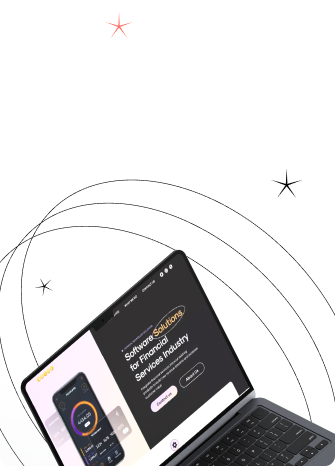Voice technology is no longer a futuristic fantasy — it’s our reality. From talking to Alexa about the weather to asking Siri for directions, we’ve entered an era where the spoken word is the new click. Designing for voice interfaces has become a critical aspect of digital product development. But how do designers create seamless, intuitive, and engaging experiences in this voice-first world? Let's explore the art and science of voice interface design, its patterns, pitfalls, and real-world examples that inform modern-day UX/UI design for voice apps.





